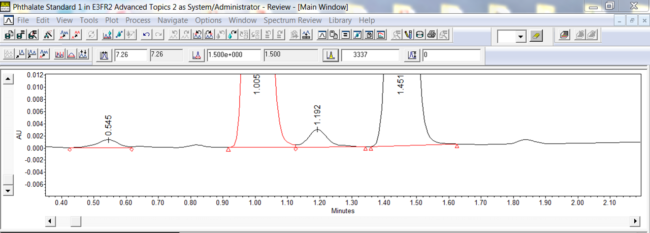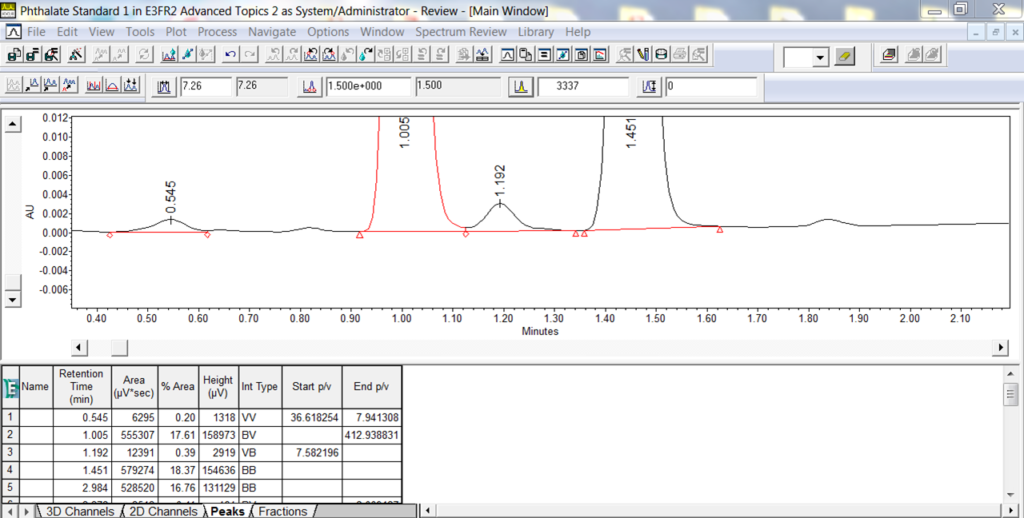How to Calculate the Ratio of Peak Height to Valley Height - Tip74
OBJECTIVE or GOAL
Welcome back to Get Empowered! In the last Empower tip-of-the-week post for Empower Software, we learned how to create Control Charts using System Suitability (Tip #73).
In this week’s tip, I thought it would be timely to answer a question I recently received that pertains to System Suitability.
Question: How can I calculate the ratio of peak height to valley height when I have a valley point between peaks?
Great question! The answer is simple when working with the System Suitability option in Empower Software. Often times, this ratio is used as a System Suitability criterion.
Let me show you how it is done.
ENVIRONMENT
- Empower
PROCEDURE
- If you have the System Suitability option, enable it in your Processing Method. Empower will calculate the ratio of peak height to valley height automatically. In the chromatogram, we see a relatively large peak at 1.005 minutes and a smaller peak at 1.192 minutes with a valley point between the two.

- Enable System Suitability in the Processing Method and enter a Void Volume Time.

- Reintegrate the chromatogram. There are two hidden fields that are populated: Start p/v and End p/v. Start p/v calculates the ratio of peak height of the peak, which has a peak start equal to the valley point. In this case, it’s the height of the peak at 1.192 minutes divided by the height of the valley. End p/v calculates the ratio of peak height of the peak, which has a peak end equal to the valley point. In this case, is the height of the peak at 1.005 minutes divided by the height of the valley (Figure 3). (If my peak was in the middle of a cluster then it would calculate both for that peak.)

It’s that easy!
Would you like to know how to calculate the Valley Height? Stay tuned for a future tip where I’ll explain how.
ADDITIONAL INFORMATION
This procedure can be followed using the QuickStart or Pro interface.
id69952, EMP2LIC, EMP2OPT, EMP2SW, EMP3GC, EMP3LIC, EMP3OPT, EMP3SW, EMPGC, EMPGPC, EMPLIC, EMPOWER2, EMPOWER3, EMPSW, SUP

